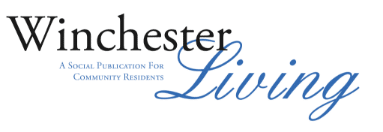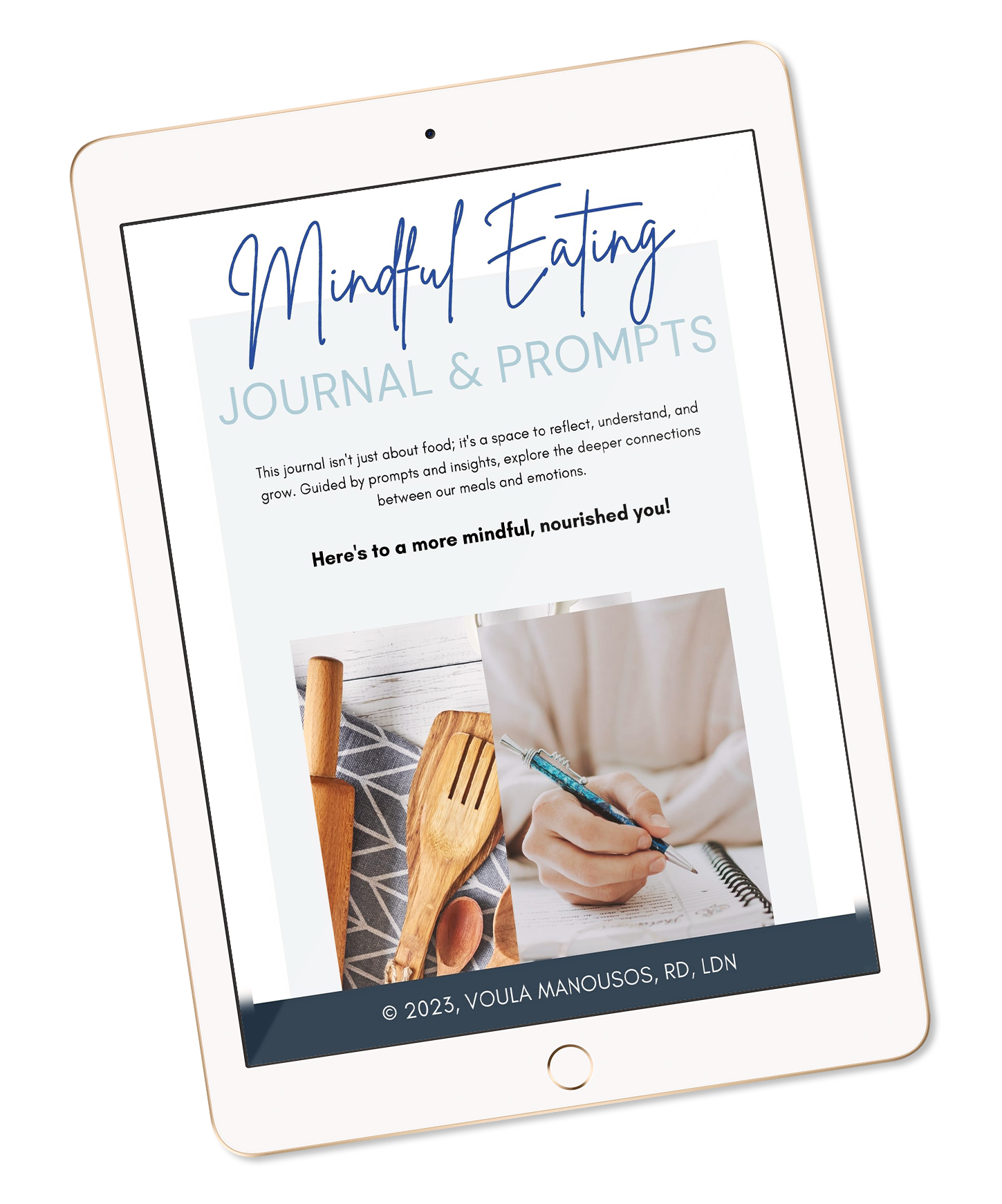As a registered dietitian, I get asked all the time: how much protein does a woman need? After decades of practice, including years working in hospitals and now in private coaching, I can tell you that most women are eating far less than their bodies actually require.
You absolutely need protein, especially as you age and your hormones shift. Protein isn’t just for athletes or bodybuilders; it’s for every woman who wants energy, strength, and resilience at every stage of life.

Your protein needs don’t stay the same at 20, 30, 40, 50, or 70.
Just like your hormones, metabolism, and lifestyle evolve, so should your meals. And understanding what’s “enough” can be the difference between feeling tired and snacky all the time or finally feeling fueled, strong, and in charge of your health.
How Much Protein Does a Woman Need Each Day?
The official Recommended Dietary Allowance (RDA) says women need 0.8 grams of protein per kilogram of body weight per day. But here’s the kicker: that number is designed to prevent deficiency, not to help you feel energized, strong, and thriving. It’s the survival minimum, not the optimal target. These dietary guidelines don’t reflect what’s best for women who want long-term health, strength, and muscle growth.
Emerging research, and what I’ve seen firsthand in my practice, shows that most women do better at 1.2–1.6 grams of protein per kilogram of body weight. That’s especially true if you’re over 40, strength training, or trying to lose weight without losing muscle. A large meta-analysis in the British Journal of Sports Medicine found that benefits for muscle mass and strength plateau around 1.6 g/kg/day.
Let’s put this in real food terms:
- One egg = ~6 grams of protein
- One cup of Greek yogurt = ~15 grams of protein
- A palm-sized chicken breast = ~25–30 grams of protein
In my private coaching, I calculate protein needs based on a woman’s age, weight, height, and activity level. Here’s a simple rule of thumb: if you’re consistently landing between 1.2 and 1.6 g/kg per day, you’re doing a lot better than the average woman. At the very least, aim for 1 g/kg as your baseline.
Need help calculating your personal range? Get in touch to book a complimentary 1:1 nutrition clarity session and let’s make sure you’re fueling your body the way it deserves.
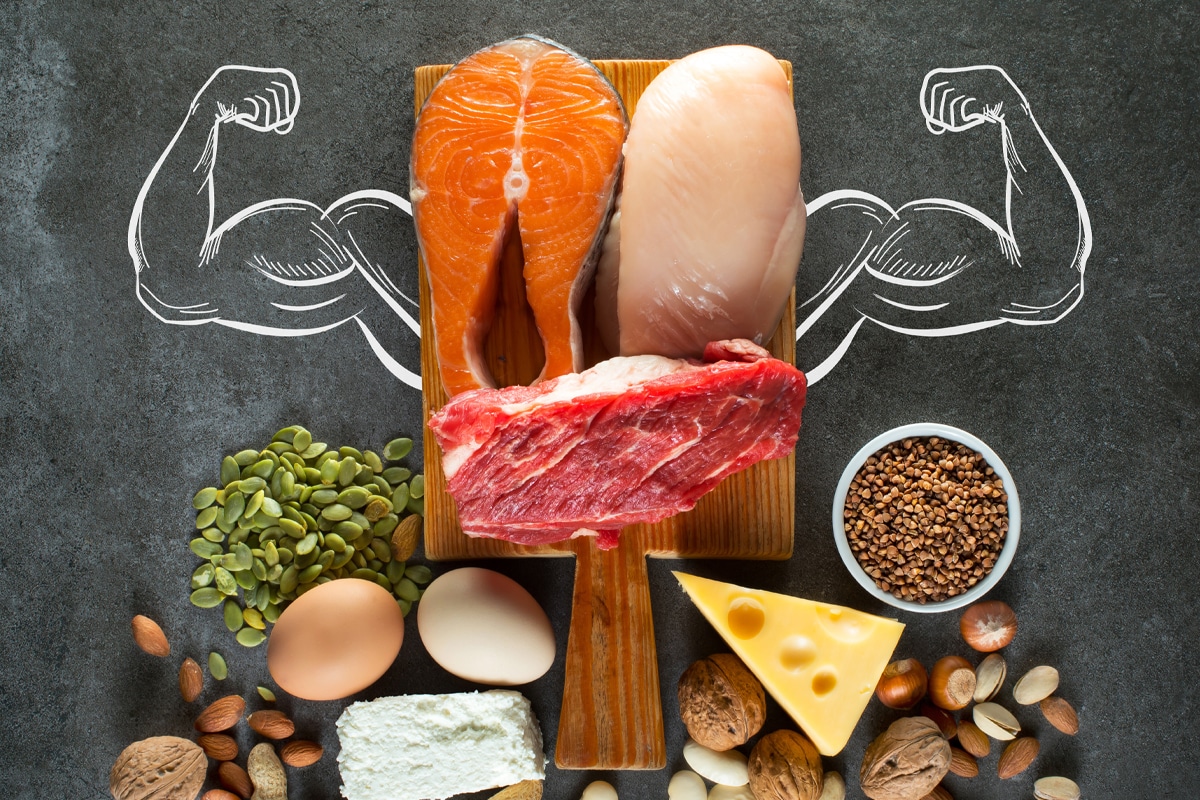
Body Weight & Muscle Mass
Protein needs aren’t based on age alone. They’re also based on your lean body mass (everything that isn’t fat, like muscle, bone, and organs).
Here’s why that matters:
- Women with more muscle mass need more protein to maintain it. Muscle tissue is metabolically active. It burns more calories at rest and protects against age-related decline.
- Women trying to lose weight also need more protein. If you cut calories without increasing protein, your body won’t just burn fat, it’ll break down muscle, too. And that’s the opposite of what we want for a healthy metabolism.
- Body weight matters. Two women may weigh the same on the scale, but the one with more lean muscle will need more protein to fuel her body properly.
As a registered dietitian, I’ve seen this firsthand: women who focus on building and protecting lean body mass, not just chasing a smaller number on the scale, end up feeling stronger, more energized, and better able to maintain their results long-term.
Mini Tip: Start aiming for 21–26 grams of protein per meal. That’s your baseline if you want to preserve muscle, whether your goal is weight loss, maintenance, or strength.
Daily Protein Intake for Women at Every Age
Your protein needs evolve as your body changes.
Let’s break it down by decade and life stage because your ideal daily protein intake in your 20s looks very different from what your body needs at 50 or 70.
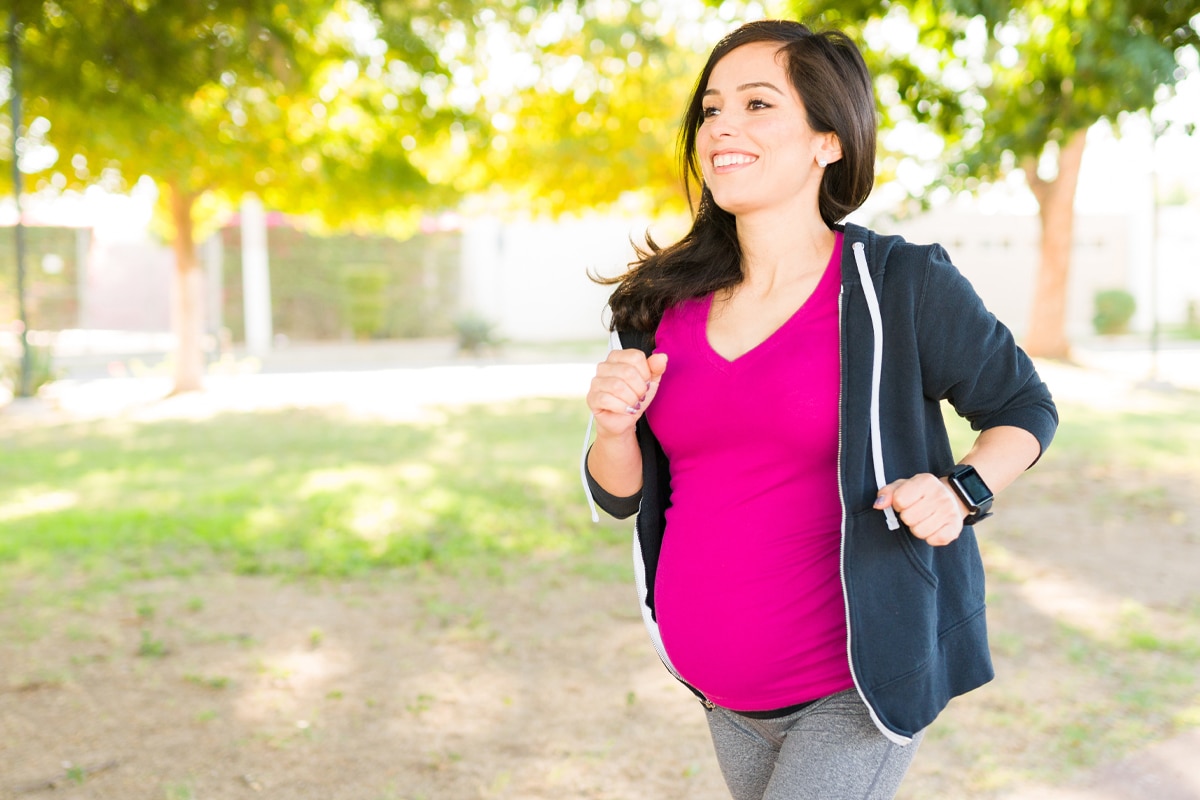
In Your 20s & 30s
Focus: Muscle growth and protection, supporting fertility, and recovering from busy, active lives.
- 1.1 g/kg/day is a solid place to start if you’re generally active.
- Women who are pregnant need closer to 1.2-1.5 g/kg/day, and those who are exclusively breastfeeding may need up to 1.7–1.9 g/kg/day to support milk production.
- Translation: If you weigh 150 lbs (68 kg) pre-pregnancy, aim for 75–100 grams of protein a day, and more if you’re breastfeeding.
In Your 40s & 50s
Focus: Navigating perimenopause, protecting against muscle loss, and stabilizing blood sugar.
- 1.0–1.2 g/kg/day is recommended to maintain lean mass, improve insulin sensitivity, and prevent midlife muscle loss.
- For active women lifting weights or training regularly, pushing closer to 1.2–1.7 g/kg/day may help fight the effects of hormonal changes.
- People who regularly exercise have higher protein needs of about 1.1–1.5 grams per kilogram of body weight
- Many women in this stage describe feeling “tired but wired”. Protein helps stabilize energy and curb cravings.
In Your 60s & 70s
Focus: Strength, independence, and protection against sarcopenia (age-related muscle loss).
At this stage, protein isn’t just about muscles, it also helps strengthen bones and maintain balance, reducing the risk of falls and fractures. Pairing protein with resistance training is one of the most effective strategies for staying independent and active.
- 1.0–1.2 g/kg/day is ideal for maintaining muscle and preventing frailty.
- If you’re strength training or recovering from illness, going up to 1.5 g/kg/day may provide additional protection.
- Reminder: Eating “more protein” doesn’t mean endless shakes and chicken breasts. Your body uses what it needs, and excess, especially without exercise, can end up stored as fat. Balance is key.
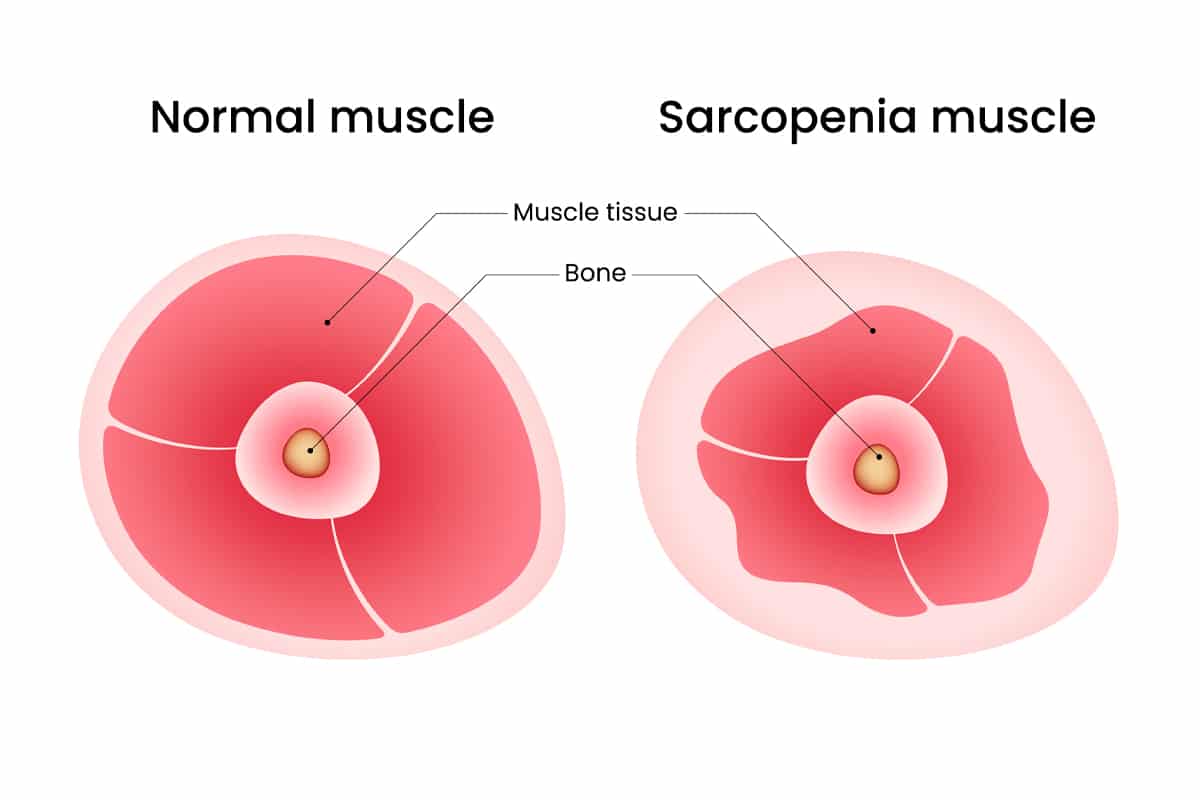
| Life Stage | Protein Range (g/kg/day) | Why It Matters |
| 20s & 30s | 1.2–1.5 (Pregnancy: ~1.2-1.5 / Breastfeeding: 1.7–1.9) | Building peak muscle and bone mass, supporting fertility, and recovering from busy, active lives. Needs rise further during pregnancy and breastfeeding to support growth and milk production. |
| 40s & 50s | 1.0–1.2 (up to 1.5 if highly active) | Estrogen dips in perimenopause which increases the risk of muscle loss and insulin resistance. Protein helps stabilize energy, prevent cravings, and protect lean mass. |
| 60s & 70s | 1.0–1.2 (up to 1.5 with strength training or illness recovery) | Sarcopenia (age-related muscle loss) accelerates. Adequate protein maintains strength, function, and independence, reducing fall and frailty risk. |
As a registered dietitian, I can’t stress this enough. Protein is important, but it should never crowd out other nutrients.
If most of your calories come from protein, you risk missing out on fiber, healthy fats, and carbohydrates that your body needs just as much. Moderation and variety matter.
Want a custom protein plan for your age and goals? Apply for my nutrition coaching program today.
Protein and Weight Loss: Your Secret Weapon
Here’s the truth: you can lose weight eating less protein but you’ll likely lose muscle too.
Protein does three powerful things when you’re trying to lose weight:
- Increases satiety so you feel full longer.
- Helps curb cravings, especially the sugar and carbohydrate ones.
- Protects muscle mass so the weight you lose comes mostly from fat, not the strength you’ve worked so hard to build.
Recommended daily protein intake: Aim for 1.0–1.5 g of protein per kilogram of body weight per day if your goal is fat loss without sacrificing strength or metabolism. For women regularly lifting weights, or training for endurance events like cycling or running, you may need 1.2–1.5 g/kg/day.
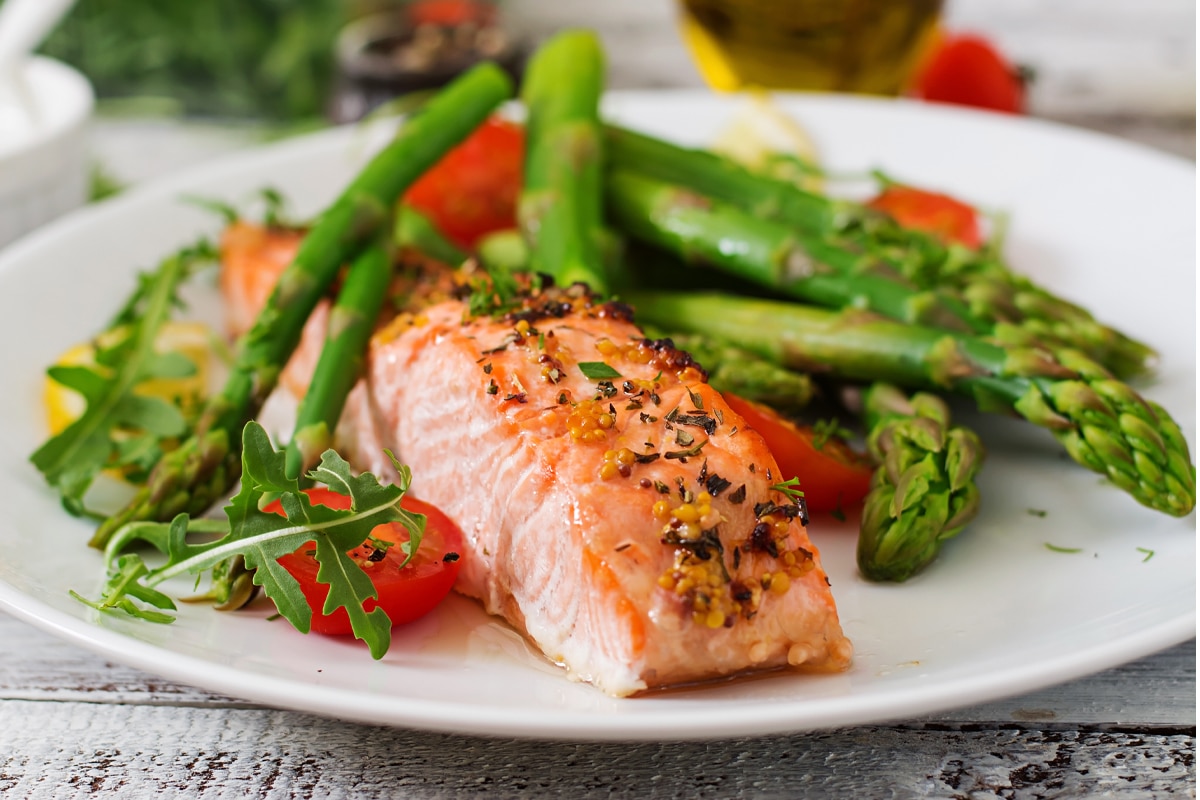
Eating more protein also helps you feel satisfied while managing daily calories, since you naturally eat fewer calories when you’re full and fueled properly.
Excessive protein intake would be more than 2.0 g/kg/day, and most women don’t even come close. And if you did consistently overshoot that, without the exercise to use it, your body would store the extra as fat.
“But Voula, I thought eating more meant gaining weight!” Nope. Eating smart means eating enough of what matters.
When it comes to protein sources, variety matters. Eggs, fish, poultry, and dairy are all great, but don’t overlook plant proteins like lentils, beans, tofu, and quinoa. They bring not only protein but also fiber, vitamins, and minerals that support digestion and heart health.
And let’s be clear, protein isn’t the only thing that matters. The packaging of that protein counts too. A grilled salmon fillet delivers healthy omega-3s along with protein. A chickpea salad gives you fiber and antioxidants. But a protein powder packed with preservatives, artificial sweeteners, and a 40-word ingredient list? That’s not doing your body any favors.
Mini tip: Whole food first, supplements when life gets messy. If you can make your protein work double-duty like Greek yogurt with probiotics or salmon (protein plus omega-3s for heart and brain health), you’re fueling your body the smart way.
Protein and Activity Level: The More You Move, the More You Need
Every workout whether it’s Pilates, a spin class, or a heavy lifting session creates tiny amounts of muscle breakdown. Protein is the raw material your body uses to repair and rebuild.
That said, not all activity drives protein needs the same way:
- Strength training and higher-intensity exercise = higher protein needs to support muscle repair and growth.
- Walking and light activity = great for heart health and blood sugar, but not as taxing on the muscles so your protein needs don’t really increase beyond your daily baseline.
The sweet spot after exercise is about 20–25 grams of protein, ideally paired with some carbohydrate to replenish glycogen stores.
That combo helps your muscles recover, rebuild, and get stronger. Research confirms that 20–25 g of high-quality protein after training maximizes muscle protein synthesis.
Important note: This is a general recommendation. The right number depends on your age, size, type of workout, and overall diet.
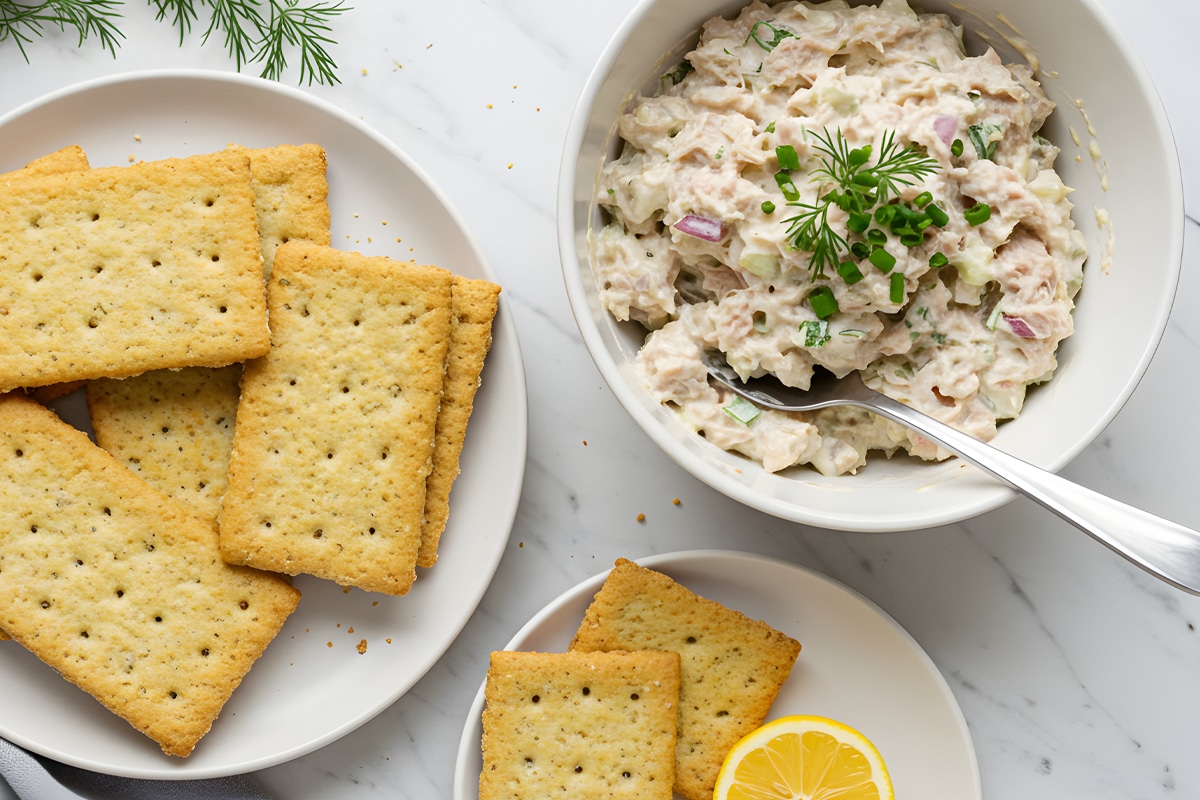
For Women Over 40
As estrogen dips, your body becomes more resistant to building muscle, a phenomenon called “anabolic resistance.” That’s why weight-bearing and resistance exercise are non-negotiable in midlife and beyond.
They:
- Boost metabolism
- Protect bone density
- Support weight management
- Preserve independence as you age
Protein plus lifting = your best midlife insurance policy.
Post-Workout Snack Ideas (20–25 g Protein + Carbs)
- Greek yogurt (¾ cup) + berries + sprinkle of oats → ~22 g protein
- Turkey slices (3–4 oz) + whole grain wrap + hummus → ~24 g protein
- Cottage cheese (1 cup) + pineapple chunks → ~25 g protein
- Protein shake (1 scoop whey or pea/rice blend) + banana → ~20–25 g protein
- 2 boiled eggs + slice of whole grain toast + avocado → ~21 g protein
- Tuna (1 can) + whole grain crackers + sliced tomato → ~23 g protein
Does Too Much Protein Cause Kidney Disease?
Many women still worry that eating “too much” protein will harm their kidneys. That fear comes from older studies in people with existing kidney disease, not healthy women. Modern studies show that in healthy adults, higher protein intakes have not been shown to cause kidney damage.
From my years as a dietitian in hospitals, and in private practice I can tell you this: the women I see are almost always under-eating protein, not overdoing it. The real danger is chronically falling short, which accelerates muscle loss, slows recovery, and leaves you tired and craving sugar.
Loading up on nothing but protein isn’t healthy either. Your body also needs fiber, healthy fats, antioxidants, and complex carbohydrates. If you’re filling your plate with only chicken and shakes, you’re crowding out the nutrients that protect your heart, gut, and bones.
Bottom Line: Protein is essential, but it’s just one piece of the puzzle. Instead of fearing “too much,” focus on building balanced meals that actually fuel your body.

Protein Quality Matters: Not All Sources Are Created Equal
Getting enough protein is one thing but the type of protein you eat matters too.
That’s because not every food gives you the same amount of essential amino acids your body needs for repair and recovery.
- Complete proteins (like chicken, fish, dairy, and eggs) contain all the essential amino acids. Even a simple hard boiled egg delivers about 6 grams of high-quality protein in a compact package.
- Incomplete proteins (like beans, lentils, nuts, and seeds) are missing one or more essential amino acids.
When you pair a plant-based protein with a whole grain, you get a complete protein, meaning it contains all nine essential amino acids your body needs.
For example, try:
- Beans + Rice (classic combo)
- Hummus + Whole Grain Pita
- Lentils + Quinoa
- Peanut Butter + Whole Grain Toast
- Chili with Cornbread
These pairings make it easier to get the benefits of a complete protein while sticking with plant-based meals.
When it comes to meat, quality and frequency matter:
- Lean poultry and fish are excellent dietary protein sources with less saturated fat.
- Red meat can be part of a healthy diet in moderation, but choose lean cuts and don’t make it your only protein because of the saturated fat that can increase blood cholesterol if consumed in excess.
- Processed meat (sausages, deli meats, hot dogs) are best kept to a minimum. They’re often loaded with salt, additives, and saturated fat and aren’t the kind of extra protein your body actually benefits from.
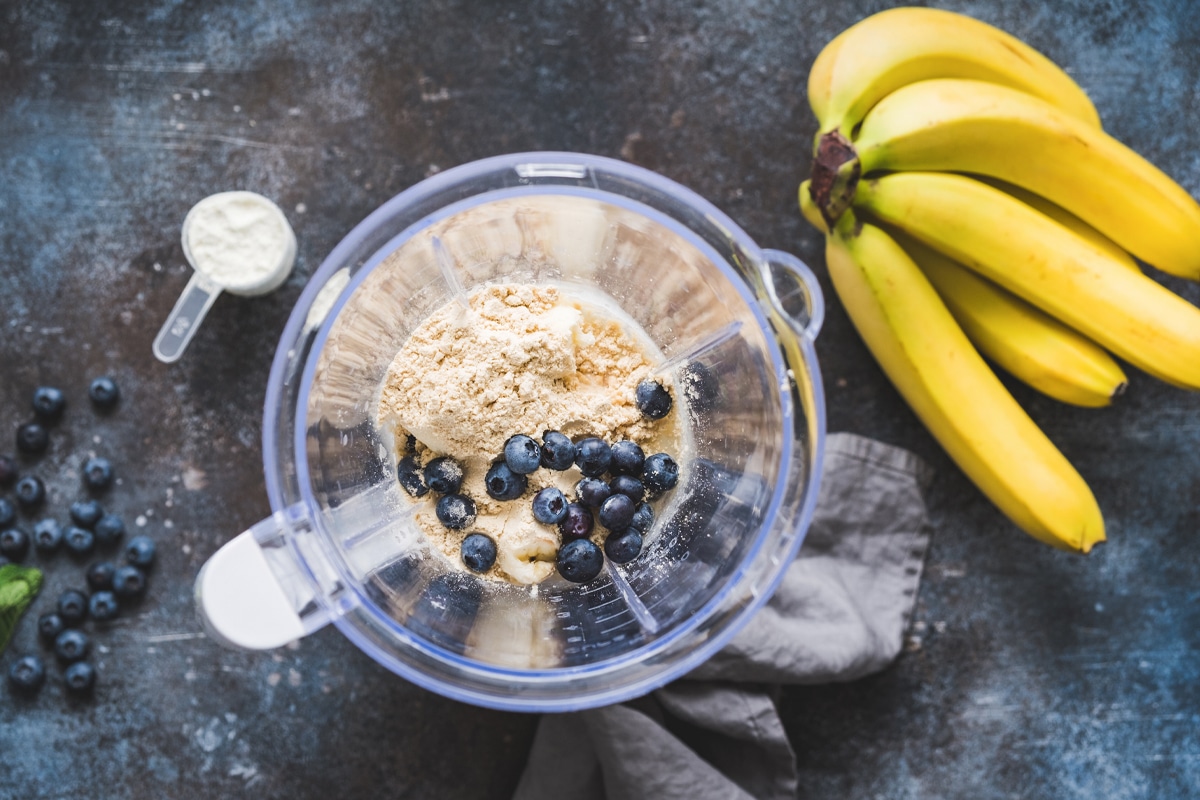
Protein Powders, Shakes, and Bars
Whole food will always be the gold standard, but let’s be real, life happens.
Sometimes dinner is chaos, the kids polished off the eggs, and you just need something quick and reliable. That’s where protein powders, shakes, and bars can fill the gap, especially when you’re looking for a high quality protein option.
What I keep in my pantry:
- Unflavored whey isolate: simple, versatile, and mixes well with just about anything.
- Vegan blends with pea + rice: a good option if you’re dairy-free and want to include more plant based proteins.
- Protein bars with less than 5 g of sugar. I like Aloha and Raw Rev
For all Aloha brand protein bars and products, enter code VOULAMANOUSOS for 20% off at checkout.
Affiliate Disclaimer: The 20% discount using code VOULAMANOUSOS at Aloha or purchasing Raw Rev bars with my affiliate link doesn’t affect your price in any way, and I earn a small commission for sharing this offer with you. I fully stand behind these companies, their products, and their ethical practices, only recommending what I truly believe in and use myself.
What I skip:
- “Slim Fast” style shakes
- Protein bars that are candy in disguise
- Products with an ingredient list longer than your CVS receipt
Remember: supplements should add convenience, not replace meals. If your diet is nothing but bars and powders, you’re missing out on the fiber, vitamins, and carbohydrates that only whole foods can deliver.
How to Choose a Protein Powder
- Protein per serving: Look for at least 20–30 g per scoop.
- Sugar content: Keep it under 5 g added sugar.
- Ingredients: The fewer, the better. If you can’t pronounce half the list, skip it.
- Type:
- Whey isolate = complete, well absorbed
- Pea + rice blend = solid plant-based protein option
- Collagen = not a full protein, better for skin/joints than muscle
- Additives: Watch out for artificial sweeteners, gums, and fillers that can cause bloating or digestive issues.
- Brand transparency: Choose companies that third-party test for quality and safety.
For older adults, protein powders can be especially helpful when appetite is low or chewing is difficult. A smoothie with whey isolate or a plant based protein blend can make it much easier to hit your daily protein target without relying only on large meals.
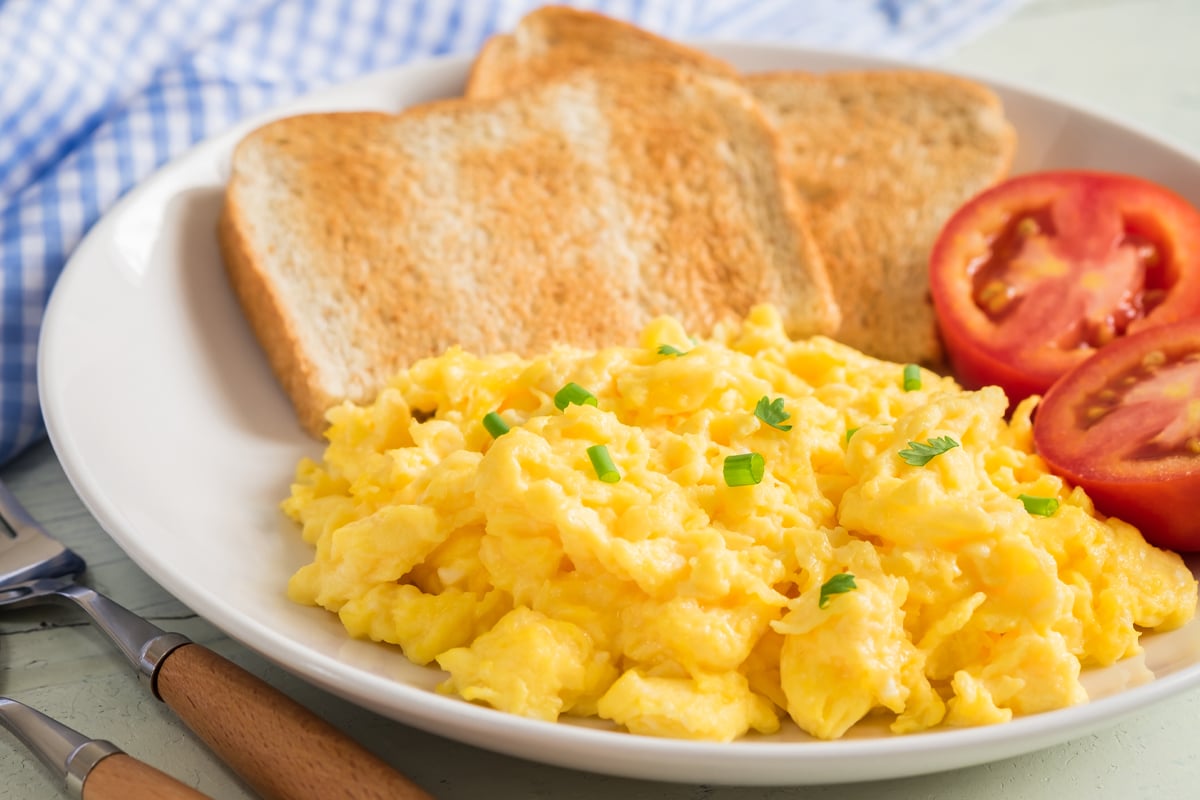
Protein-Rich Snacks That You’ll Love
Snacks can either keep you energized or keep you stuck in a cycle of cravings. The difference? Mindfulness and protein. When you choose snacks with staying power and actually pause to notice how they make you feel, you stop grazing and start fueling with intention.
Here are some satisfying protein-rich options:
- Greek yogurt (¾ cup) with a sprinkle of nuts and berries → ~15 g protein
- Roasted chickpeas (1 cup) → ~12 g protein + fiber for fullness
- Scrambled eggs (2) with cheese + whole grain toast or fruit → ~18–20 g protein
- Cottage cheese (1 cup) with tomatoes and herbs → ~25 g protein
- Sardines (1 can) on whole grain toast → ~22 g protein + omega-3s
Mindset Shift: Snack mindfully, not mindlessly. Instead of grabbing whatever’s closest when you’re stressed or bored, slow down and notice your hunger cues.
Protein helps you feel satisfied, but mindfulness helps you stay connected to what your body actually needs.
Want help practicing this? Download my Mindful Eating Journal Template and start tracking not just what you eat, but how it makes you feel.
Final Thoughts on Protein Intake
If you’ve been feeling off lately with low energy, constant cravings, hitting plateaus despite your best efforts, protein (or the lack of it) may be part of the problem.

Common signs you may not be getting enough protein:
- Constant cravings
- Mood swings or irritability
- Slow recovery after workouts
- A stubborn weight plateau
- Ongoing fatigue
Here’s your quick self-checklist:
- Eating 25–30 g of protein per meal
- Prioritizing protein at breakfast (yes, before the coffee and toast)
- Refueling with protein post-exercise
- Using supplements strategically when life gets chaotic
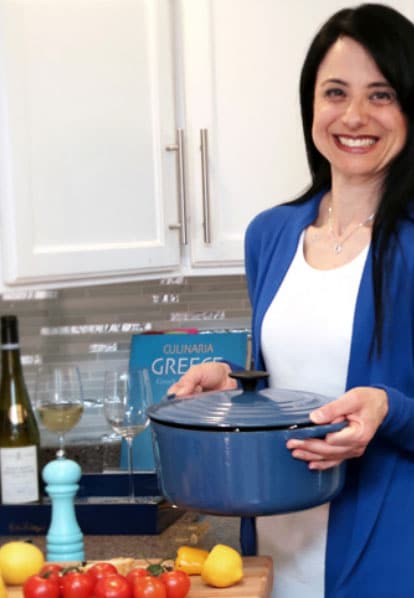
Ready to stop guessing and start eating with confidence? Book your complimentary personalized nutrition session now and let’s build a plan that works for your body and your life!



